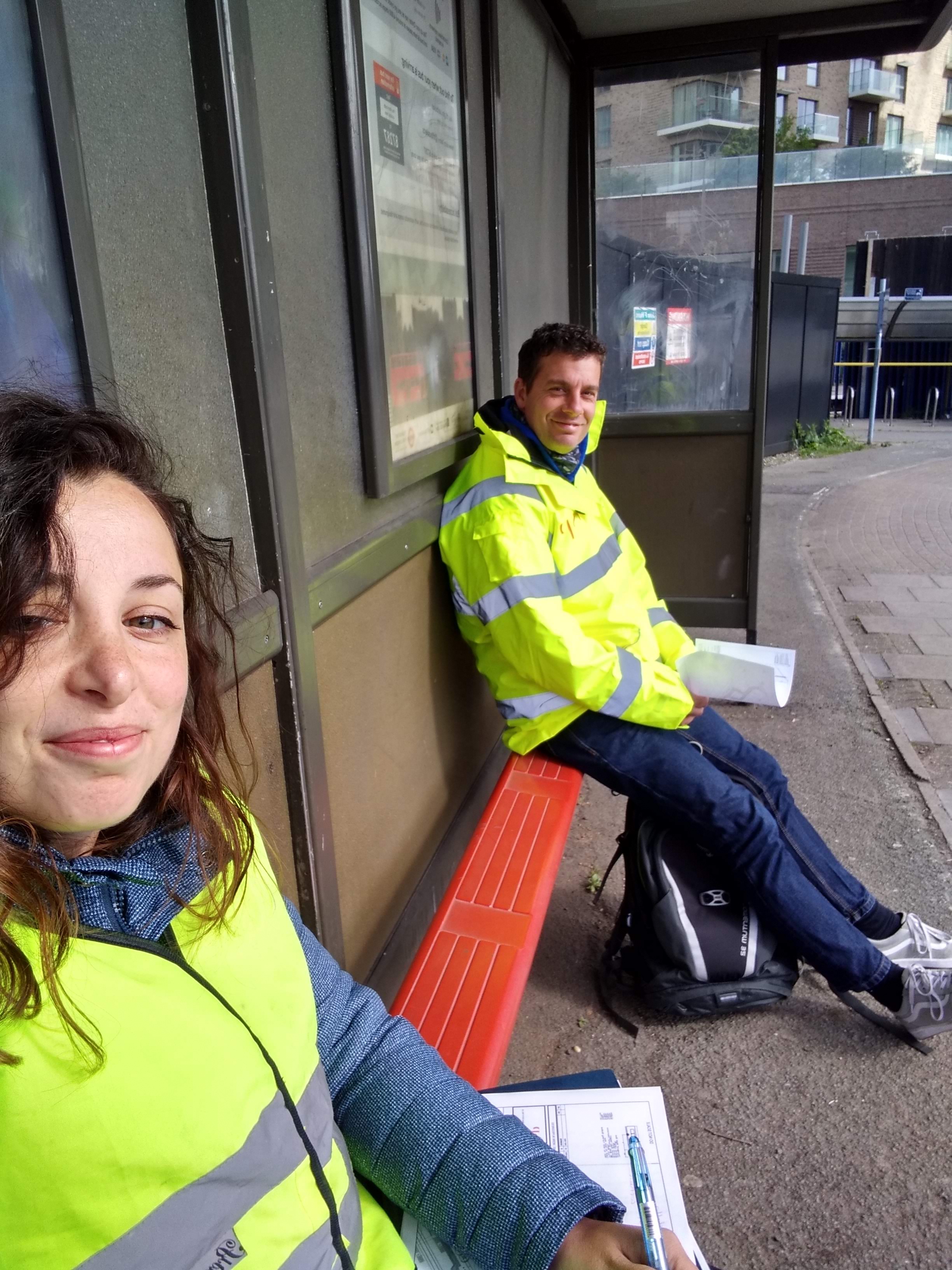

Welcome to the 8 Questions, where we ask senior figures in the sector the questions every business leader and ambitious professional wants answered. In this edition, we asked Claudia Di Loreto Associate & Jon Noble Head of Digital for Local Government, WSP, what is the one thing that is essential to delivering successful road safety projects?
Join other savvy professionals just like you at CIHT. We are committed to fulfilling your professional development needs throughout your career
Understanding what issues we are trying to tackle is the most important thing we can do to deliver successful road safety / Vision Zero projects.
Collision data is key, but analysing this side by side with deprivation data, local traffic flows, location of attractors for specific categories (e.g. schools), and other datasets, can greatly enhance our understanding of the issues and help us identify effective interventions.
There are many simple, user-friendly & accessible tools on the market that can help us analyse and compare data. We should be exploring new tools as they enter the market and find out how they can help our analysis.
AI is a very powerful option and is likely to help further our understanding of road safety analysis and improve our decision making in the future.
In the meantime, tools like Microsoft’s Power BI can make a world of difference when compared to more traditional analysis methodologies. Power BI dashboards such as the one we produced can be used for:
Although we were already aware of the power and importance of stakeholder engagement, this project has reinforced the fact that we need to work collaboratively if we want to achieve Vision Zero.
Our Vision Zero projects have had input from experts in road safety, data, digital solutions, design and build, highway maintenance, road user behaviour, in-vehicle technology and emergency response.
While road safety experts can and should take a prominent role in these projects, it is key to get input from all parties as this will strengthen any proposed interventions and their success.
We were asked to build a robust and auditable process to prioritise road safety issues and solutions for our highway authority client. To do so, we had to analyse large amounts of complex data and use it as evidence for decision making.
We achieved this by creating new tools based on a clear, repeatable methodology which introduced a new way of clustering collisions and displaying dynamic data. This innovation allowed us to go more in depth when looking at issues while significantly cutting down the time needed for analysis.
We built the tools so they could be relatively easily replicated for other highway authorities and to grow in scope to answer more questions.
We also used widely available software such as Power BI, Excel and ArcGIS, and to make made them accessible to as many people as possible.
We hope that this enable more people to benefit from enhanced data-led decision making.
A deep understanding of data and data analysis are certainly critical skills for road safety / Vision Zero projects. However, what has been most important for us is the drive to always improve and innovate. We need to keep challenging the status quo and striving for more if we want to achieve Vision Zero.
All stakeholders involved in Vision Zero projects want to achieve the same thing: to save lives. This made our job of motivating stakeholders relatively easy.
However, people’s time is precious, particularly for those stakeholders involved in emergency response. We work hard to make our workshops both valuable for all involved and interesting and engaging to attend.
We knew we had done something special when several highway authorities came forward asking for bespoke versions of our Vision Zero tools. The feedback we have received makes us very proud of what we have achieved.
However, our main goal remains reducing the incidents of serious and fatal injuries on UK roads. We will have to wait to see how our tools have helped with that.
Vision Zero targets are certainly challenging, but using the safe systems approach can help tackle all aspects of collisions and make our streets safer.
Understanding the devastation a road death can bring is relatively straight forward, but it is important to remember serious injuries often have terrible physical, mental and financial life-changing repercussions not only for the individual, but also their family members, their friends, colleagues and employers.
Thoughtful leaders will understand why it is so important to remove serious and fatal collisions from our roads using the safe systems approach, and the direct benefits this can bring to our communities and economy.
Claudia has 10 years’ experience in transport planning, currently leading Vision Zero / Road Safety projects at WSP. She is a practicing Road Safety Auditor and project manager with extensive experience in stakeholder engagement and public consultations.
Jon has worked in the industry for 20 years and this project has combined his key focuses of saving lives on our roads, making more informed data-driven decisions and using transport planning to inform strategies that improve our communities.

The opinions expressed in this article are those of the authors. They do not purport to reflect the opinions or views of the CIHT or its members. Neither the CIHT nor any person acting on their behalf may be held responsible for the use which may be made of the information contained therein.
Join other savvy professionals just like you at CIHT. We are committed to fulfilling your professional development needs throughout your career